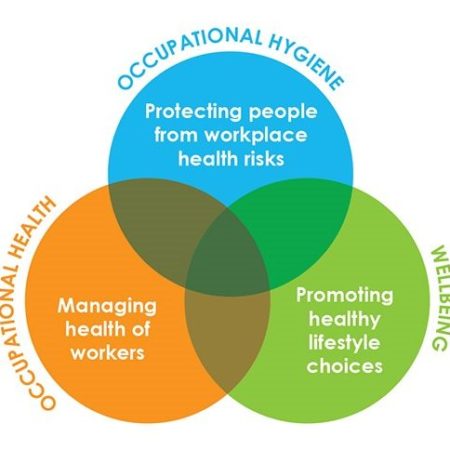Health Risk Awareness – Treating Health like Safety
When we say “Health and Safety” at work, what we are usually referring to is the safety of our people. Safety is seen as something for both employers and employees, but health feels like a much more personal matter.
Protecting both safety and health are in fact legal duties and it is very clear that we should be thinking more seriously about the health of our people as the statistics on work-related illnesses are staggering:
- Every year 13,000 people die from work related causes.
- 99% of all work-related deaths are caused by work-related ill health.
- Only 1% of all work-related deaths are caused by accidents.
When considering the construction industry alone the picture is equally bleak:
- Every year 4000 people die from work-related ill health.
- Every year there are 82,000 work-related ill health cases that include lung diseases, cancers, stress, musculoskeletal disorders and hearing loss.
- In 2018, the UK lost 7 million working days due to work-related ill heath, costing the economy over £10 billion.
The health hazards that are present in so many construction activities are significant and need to be assessed, controlled and managed in order to prevent ill health and protect our people. But these health hazards such as solar radiation, diesel fumes, excessive noise and silica dust are not always as obvious as safety hazards. Safety risks are often easier to manage with standard controls such as edge protection and exclusion zones, but health exposures have to be quantified and minimised, meaning that the risks are rarely completely eliminated.
The Three Components of Workplace Health:
To truly protect the health of each and every one of our people we must understand the three components of workplace health.
- Occupational Hygiene
- Occupational Health
- Workplace Wellbeing
All three components apply to both physical and mental health and must integrate and complement each another.
Occupational Hygiene – Health Protection
Occupational hygiene protects us from workplace health risks by anticipating, recognising, evaluating and controlling health hazards in the working environment. These are the risks that the workplace itself creates which are entirely preventable. Occupational hygiene uses science and engineering principles, in order to protect workers from serious and fatal illnesses caused by work-related activities.
Occupational Health – Health Management
Occupational Health has a clinical focus and concentrates on our physical and mental wellbeing in the workplace. It includes things like health surveillance, diagnosis, treatment and fitness for work. The aim of occupational health is to manage our health as it is today.
Workplace Wellbeing – Health Promotion
Workplace Wellbeing encourages healthy lifestyle choices and focuses on the difference you can make to your own health. A healthier workforce brings obvious benefits for both the workers and employers.
Good Health is Good for Business
By protecting, managing and promoting the health of each and every one of our people we will retain experienced workers for longer and attract health conscious younger workers. But the benefits go so much wider, with cost savings and reputational benefits demonstrating a genuine commitment to Zero Harm – not just Zero Accidents.
Let’s Shout about Health
As an industry we have to act now. We must develop a strategic risk based approach that embraces hygiene, health and wellbeing. Since 2017 the HSE has been increasingly focussed on health risks with targeted campaigns, inspections and prosecutions. Everyone will have a role to play in helping us to focus on controlling and managing health risks so that work-related ill health can be prevented once and for all.

